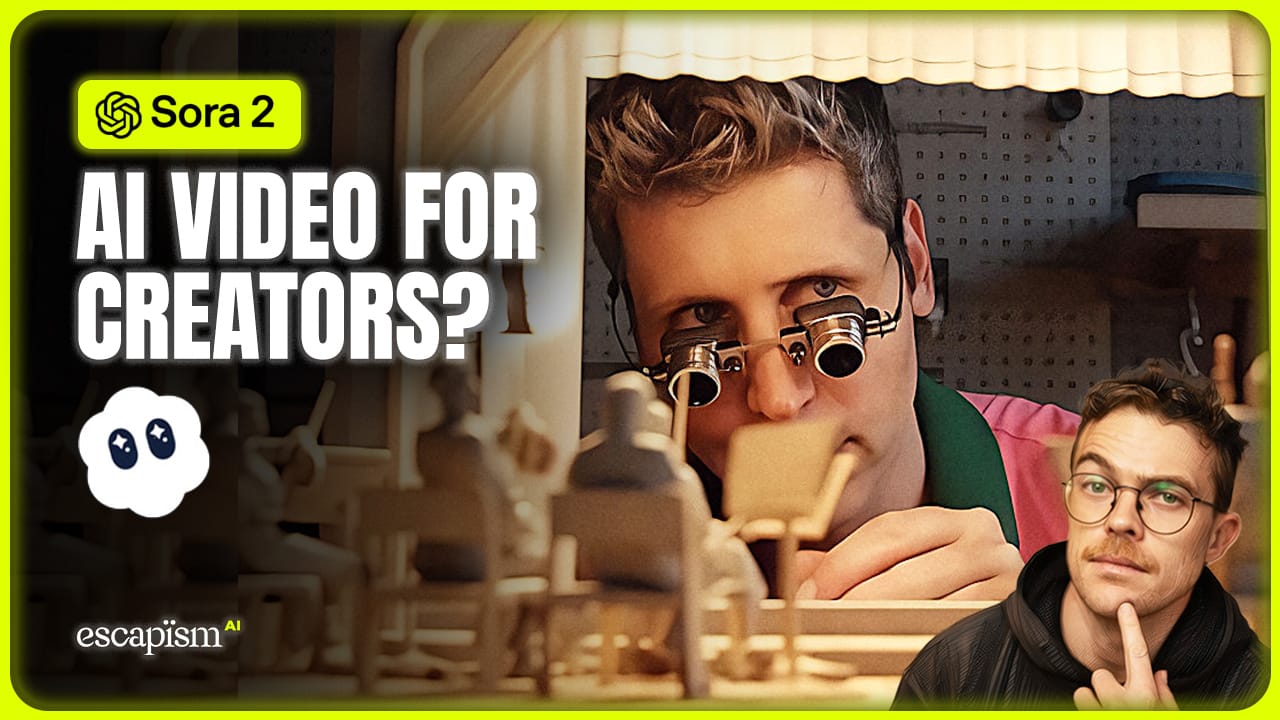OpenAI just dropped Sora 2—their new text-to-video model—and paired it with a social, creator-style iOS app.
It’s a technical leap (physics, motion, multi-shot control) and a strategic pivot (a TikTok-like, personality-driven creation platform).
Here’s the no-fluff breakdown—what’s different, how it stacks up to Veo 3 and Kling, and the good/bad/ugly you should actually care about.
TL;DR (Why This Matters for Creatives)
Sora 2 upgrades the core: more realistic physics, multi-shot control from a single prompt, and native, synchronized audio—all aimed at making shots feel coherent and human-plausible.
OpenAI launched an iOS app that positions Sora as a creator network (invite-only in the U.S. & Canada at launch), with a “Cameo” feature to insert your verified likeness and voice into any scene. Android and an API are “coming soon.”
Context vs. competitors: Audio isn’t novel, Google’s Veo 3 and Kling 2.1 already generate synced audio. Sora 2 is catching up on sound while pushing hard on controllability + social distribution.
What’s Actually New in Video Generation Quality
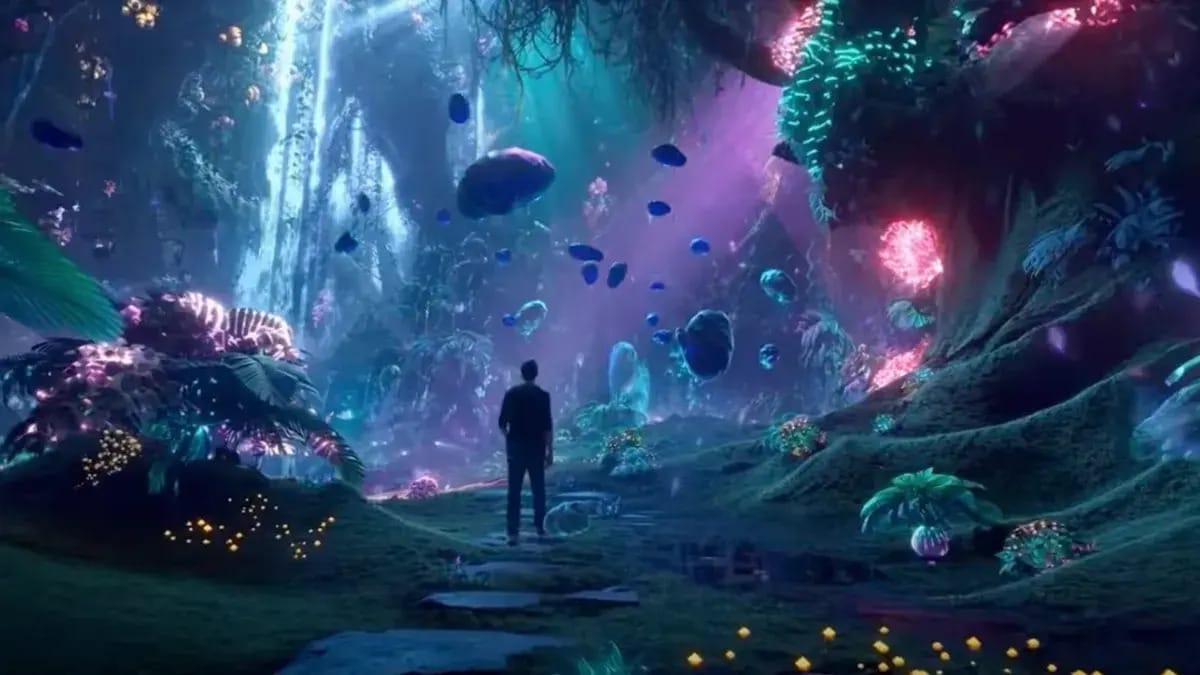
1) Smarter physical interactions
Earlier AI video models “cheated” physics (teleporting balls into hoops). Sora 2 models failure and rebounds—so backflips, paddleboard tricks, and collisions read as physically plausible rather than mush. That matters for believability shot-to-shot.
2) Multi-shot control from one prompt
Sora 2 can follow intricate, multi-shot directions while keeping world state consistent—characters, props, lighting, and continuity feel cohesive without stitching separate generations.
3) Native audio (dialogue + SFX, not just ambience)
The model now generates synchronized dialogue and sound effects alongside visuals. This is table stakes competitively (see Veo 3, Kling 2.1), but it makes Sora a lot more useful out of the box.
The Creator Twist: Sora is Now a Creator App, Not Just a Model
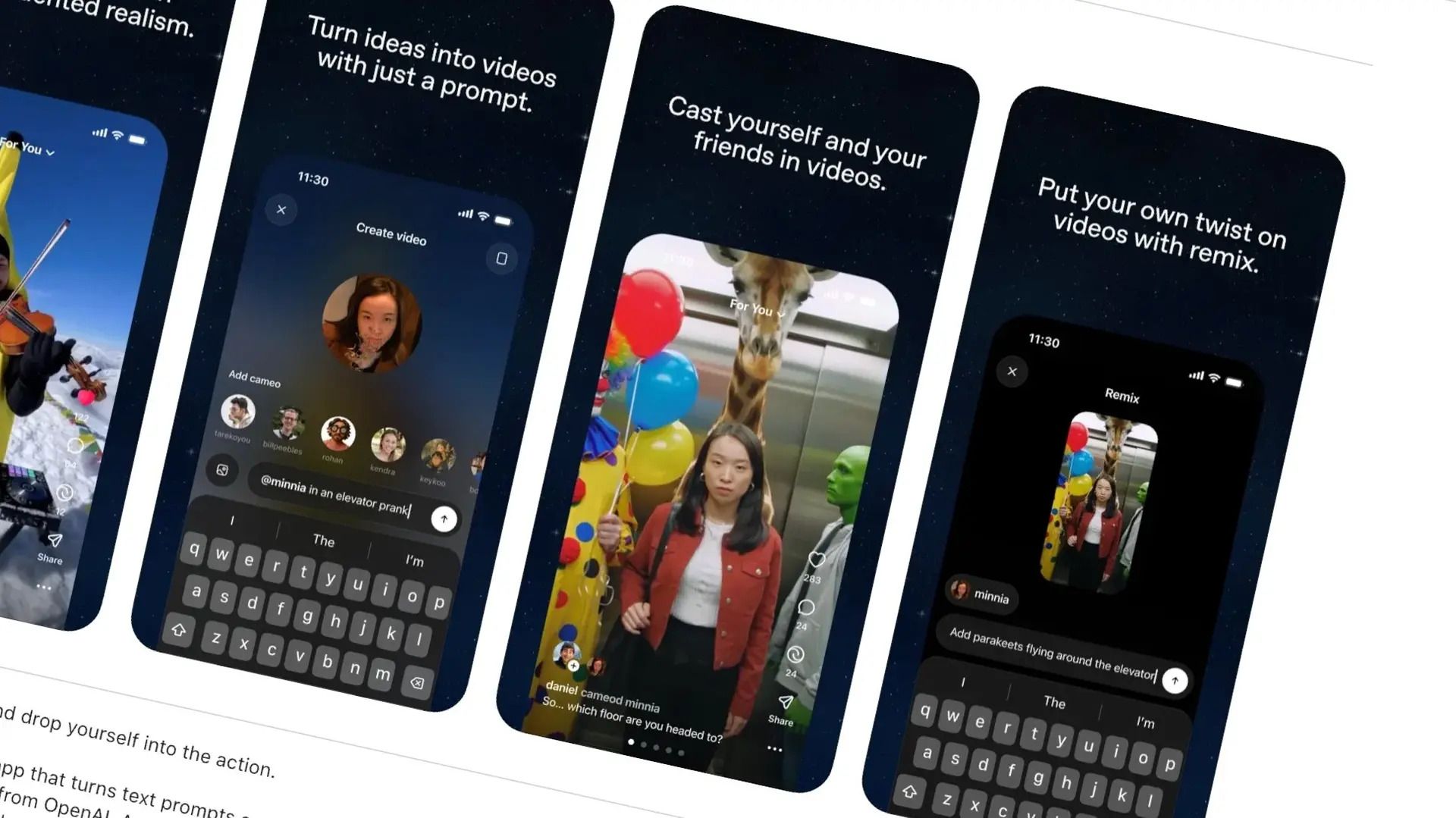
OpenAI didn’t just ship a model; they shipped a network.
The Sora iOS app lets you create, remix, and drop yourself into scenes via Cameos after a short, on-device verification capture of your face/voice.
It’s invite-only in the U.S. & Canada (Android and API coming). This reframes Sora as a personality-forward platform—closer to TikTok/YouTube than a standalone pro tool.
App Store listing confirms video + sound, remixing, and community features.
OpenAI positions Cameos with consent & control: you decide who can use your likeness, and you can revoke/delete videos featuring you.
Sora 2 vs. Veo 3 vs. Kling 2.1 (Quick Take)
If you’re picking tools for a pipeline, here’s the practical read:
Sora 2: Strengths are multi-shot controllability, physics plausibility, and a social distribution surface (the app). Audio is now built-in. Availability is limited at launch (invite-only, U.S./Canada) with Android/API coming and a Pro tier online.
Google Veo 3: Mature, native audio (dialogue/SFX/ambience) and strong cinematic quality; widely integrated (Vertex AI, Canva), making it practical for workflows now.
Kling 2.1: Added synchronized audio and is often cheaper, with solid motion realism; cadence of rapid updates (e.g., 2.5 Turbo) keeps pressure on quality and speed.
Bottom line: Sora 2’s edge is control + social virality; Veo 3 leads on polished audio storytelling + integrations; Kling battles on price/performance.
The Good, The Bad, and The Ugly
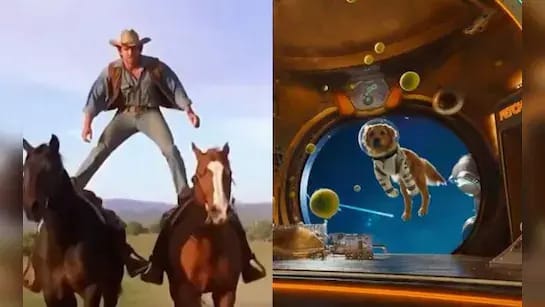
The Good (why creators should care):
Believability: Complex actions (gymnastics, paddleboard flips) look right, not rubbery. That’s huge for product ads, stunts, or character-driven shots.
Fewer Franken-cuts: Multi-shot coherence reduces the “stitch-and-pray” workflow across scenes.
Native sound: Faster concept-to-post—dialogue and SFX in one render.
Distribution built-in: A networked app means your work can travel without leaving the tool.
The Bad (what to expect):
Hallucinations still happen: OpenAI says it’s “far from perfect.” Expect weird edge cases, especially with fine-detail continuity, hands, text, or edge physics.
Access constraints: Invite-gated rollout (U.S./Canada). If you’re outside those markets, plan on Veo/Kling for now.
Audio parity, not supremacy: Sora’s audio is new for OpenAI, but Veo 3 and Kling 2.1 already normalized this.
The Ugly (hard problems, not solved):
Deepfake risk & identity misuse: The app is, in The Verge’s words, “essentially an app full of deepfakes,” even if consent-gated. Misinformation and harassment vectors are real.
Copyright & provenance: OpenAI adds watermarking/metadata and says rights holders can opt out—but critics note loopholes and historical workarounds. Treat brand IP carefully.
Polarization vs. connection: OpenAI says it prioritizes creation over doomscrolling, with wellbeing nudges and parental controls—but social dynamics are messy; policy design ≠ guaranteed outcomes.
What’s Coming Next from Sora 2 (So You Can Plan a Pipeline)
Storyboards: Shot-by-shot layout tools to shape narrative flow (announced on launch stream; “within weeks”).
API: Developer access “in the coming weeks” to slot Sora 2 into editors and apps.
Android: In development; timing not final.
Practical Recommendations for Sora 2 (Creator & Brand Playbook)
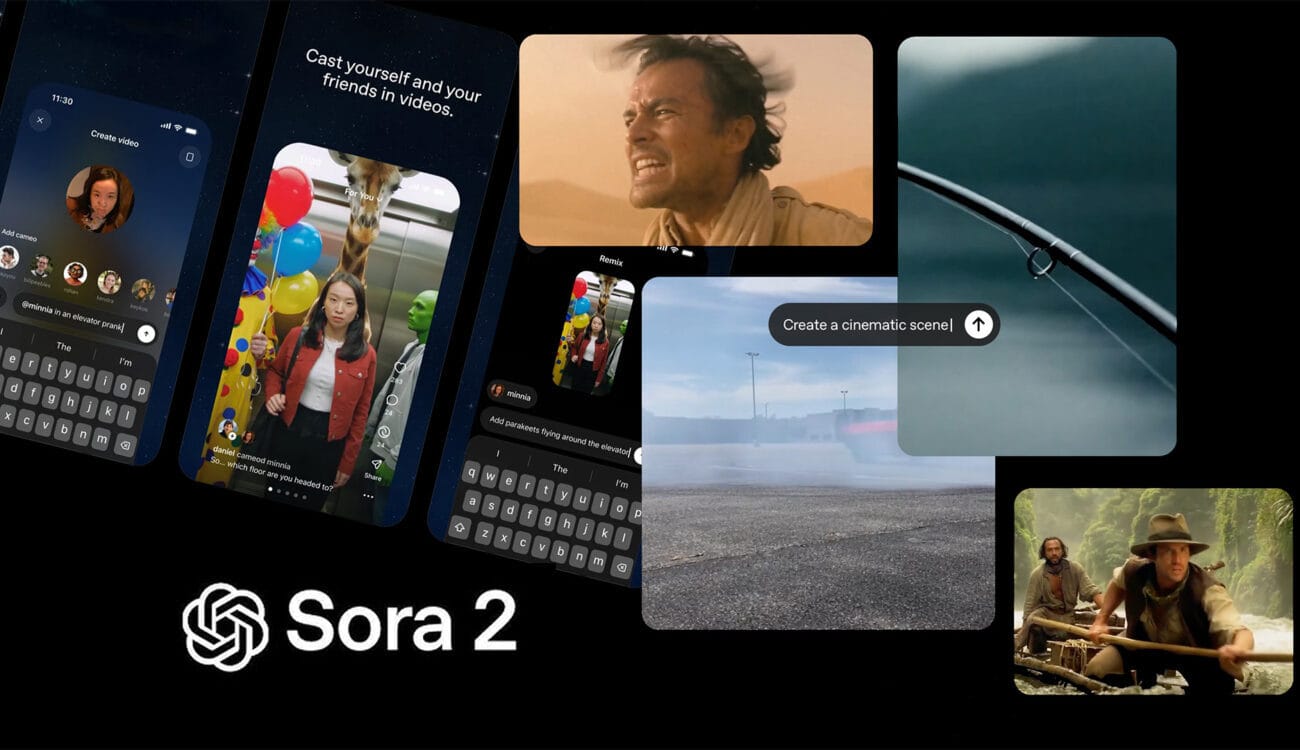
Pick tools by objective—not hype
Need tight continuity across multiple shots in one go? Test Sora 2 first.
Need production-ready audio + integrations today? Veo 3 in Vertex/Canva is the safer bet.
Budget-sensitive or high iteration speed? Pilot Kling 2.1/2.5 for price-to-quality.
Identity & IP guardrails
Use Cameos only with explicit permissions; keep revocation workflows documented.
Maintain provenance: keep originals, export with visible watermarking when feasible, and avoid gray-area IP.
Creative ops
Build a template brief for multi-shot prompts (characters, wardrobe, lighting, camera moves, scene beats). Sora 2 rewards specificity.
Keep an alt-render path (Veo/Kling) for time-sensitive deliveries until Sora’s access stabilizes.
Sora 2: Key FAQs
What is Sora 2?
OpenAI’s latest video+audio generation model with improved physics, multi-shot control, and synchronized dialogue/SFX—accessible via the new Sora app and web, with API coming.
Is Sora 2 better than Veo 3/Kling 2.1?
Different edge: Sora 2 = control + creator network; Veo 3 = polished audio storytelling + integrations; Kling = value + fast iteration. Your use case decides.
Where can I get Sora 2?
Sora iOS app (invite-only, U.S./Canada at launch), web access via sora.com after invite; Android and API in development.
Does Sora 2 solve hallucinations?
No. OpenAI acknowledges imperfections; expect occasional continuity or physics oddities.
Why Sora Hits Different
Sora 2 isn’t just “a better video model.” It’s OpenAI betting on human-led, AI-generated short-form—turning the model into a platform.
On quality, it narrows the gap on audio and pushes ahead on multi-shot control and physics.
On distribution, it could shift AI content from “slop” to creator-anchored storytelling—if the safety, consent, and IP controls hold up under real-world pressure.

